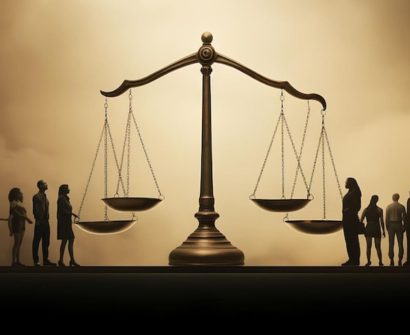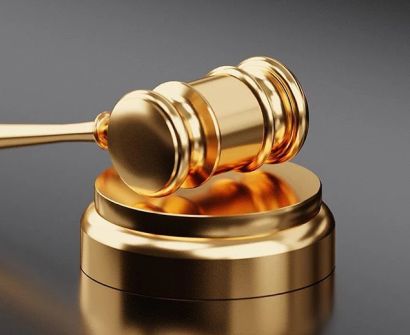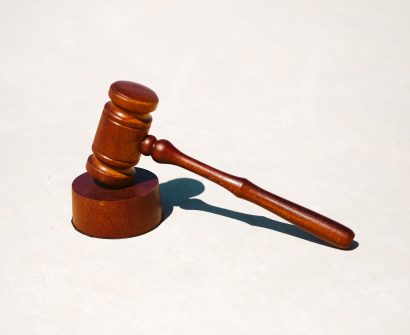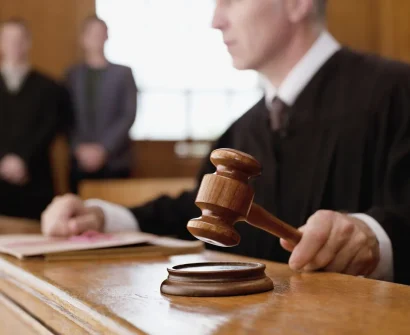
Introduction
One significant measure of gender equality within society is the number of women in judiciary. It relates to more general concerns about occupational possibilities, relationships with authority, and prejudices based on gender that are prevalent in many fields. In many parts of the world, the judiciary continues to be governed by men, despite enormous developments over the past couple of decades.
women in judiciary
- A female-only bench has been established by the Supreme Court to consider cases pertaining to bail and matrimonial cases. There have only been three instances in the Supreme Court’s history where the bench has been entirely composed of women.
- The two previous occurrences occurred in 2013 and 2018. Since its founding, there has never been a female chief justice on the Supreme Court. In 2027, it is anticipated that Justice B. V. Nagarathna will become the first female chief justice. Currently, only three of the Supreme Court’s 27 judges, against the 34 sanctioned, are women.
- This demonstrates the biased portrayal of women in the judiciary. The discrepancy is widespread throughout the judiciary, not just the Supreme Court.
- The representation of women in judiciary has been hampered by a number of institutional and structural issues. It is imperative that this gap be addressed in order to provide fair access to justice.
women representation in Justice: Significance
- Equality and Fairness: Having more women in the judiciary ensures that the opinions and experiences of all societal members are considered when making decisions, which may result in more equitable and just results.
- Dispelling Preconceptions: The presence of women in the judiciary can act as a potent symbol of gender equality and aid in dispelling any prejudices and stereotypes that might be present in the legal system.
- Requirement for Diversification: A more varied judiciary will result in good institutional improvements.
- Better Decision-making: Studies indicate that increased representation of women in the judiciary enhances legal reasoning and decision-making. Research has indicated that decision-making within more varied groups is often more robust, creative, and inventive.
- Balanced System of Justice Delivery: The inclusion of female judge in the judiciary and legal profession will significantly enhance the system.
- Cultural Perspective: Women’s representation in the judiciary carries with it a variety of life experiences and cultural customs that can be important in helping to grasp the subtleties of society and, consequently, aid in offering a more comprehensive method of making decisions.
- Empathic and Balanced Approach: Increasing the number of women serving on juries may help foster a more sympathetic and balanced approach to instances involving sexual assault. Gender sensitization is a topic that has been brought up numerous times, particularly in situations where male judges have shown little compassion for female victims.
women justices: What Challenges they Face?
- Patriarchy in Society: Deeply rooted patriarchy in society is the main cause of women’s underrepresentation in the judiciary.
- Functioning Opaque Collegium System: Due to the entrance exam-based recruitment process, a greater number of women are often admitted to the lower judiciary.
- No Women’s Reservation: The Supreme Court and the High Courts do not have a reservation policy for women, despite the fact that several states have.
- Family Responsibilities: The promotion of female judges from lower courts to higher courts is also influenced by factors related to age and family responsibilities.
- Male-Dominated Appointment System: The Supreme Court’s male-dominated collegium structure is the primary problem, despite the fact that there are many women applicants who should be chosen as judges.
- Absence of Judicial Infrastructure: Another obstacle preventing women from entering the field is the absence of Judicial Infrastructure.
- Not Enough Women in Litigation: It is important to note that the number of women judges is still low, which lowers the pool from which women judges can be chosen. Lawyers who have been promoted from the bar to the bench make up a sizable fraction of judges in the High Courts and Supreme Court.
Conclusion
Every college and university that offers legal education should set aside a specific number of seats for female candidates. Ensuring a safer work environment and appropriate application of the Vishakha Guidelines, especially in smaller businesses. The CJI demanded that girls be given preference in legal education, highlighting the need for greater female representation in the legal field. Improving the court system’s transparency is necessary. This will level the playing field and give women more chances to demonstrate their abilities.
Gender-neutral language is essential for raising awareness and being inclusive. It is also necessary because it has the power to correct the imbalance and favorably support a narrative about women that is more inclusive and respectful. In the end, language is a means of conveying other points of view, paving the path for more inclusive and fair reasoning. When women are fairly represented on the bench, all of this is made feasible.










